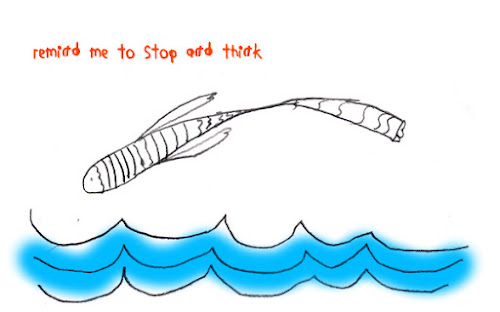Adolescence is a time of transition. Most parents find themselves bewildered by the changes in their previously affectionate and obedient children. Mood changes, withdrawal, monosyllabic answers and arguments find most parents asking, “What have we done wrong?”
Adolescence is marked by profound changes brought about by the hormonal surge at puberty. The physical changes are accompanied by emotional, behavioural and intellectual changes to which the child has to adapt rapidly.
The essentials of parenting at this age are
Trust is important in all relationships. Trust your teen to do what is right. As far as possible, avoid correcting them and pointing out mistakes. Allow them to learn on their own.
Empathise. Your adolescent child is often plagued by self-doubts and insecurities. Remember you were an adolescent once, and do not trivialise their problems.
Respect their need to be away from you, alone or with friends. Listen to their opinions and try not to be dismissive of their views and values.
Support. Assure them of your love and support without being intrusive; this will encourage them to come to you in need.
Do not seek to control. Often, clashes between parents and adolescent children are about who has control. Adolescents struggle for control over what they feel is their own life, while parents struggle to hold onto the control they had earlier.
Adolescence is marked by profound changes brought about by the hormonal surge at puberty. The physical changes are accompanied by emotional, behavioural and intellectual changes to which the child has to adapt rapidly.
“As their bodies, brains and worlds rearrange themselves, you (parents) will need to do your own reshuffling.”
Changing role of parenting adolescents
The need for autonomy, independence and a search for one’s own unique identity is an essential part of adolescence. Often, this is achieved by questioning and testing existing rules and norms. Make space for this quest. Handle an occasional error of judgement with explanations rather than with accusations and confrontation.The essentials of parenting at this age are
- Trust
- Empathy
- Respect
- Support
Empathise. Your adolescent child is often plagued by self-doubts and insecurities. Remember you were an adolescent once, and do not trivialise their problems.
Respect their need to be away from you, alone or with friends. Listen to their opinions and try not to be dismissive of their views and values.
Support. Assure them of your love and support without being intrusive; this will encourage them to come to you in need.
Parenting styles
An authoritative parenting style provides the adolescent with opportunities to become self-reliant within a set of rules, limits and guidelines appropriate for his/her developmental age. The personality and temperament of the child may also influence your parenting style (a co-operative and responsible teen requiring much less supervision). The environment (e.g an unsafe neighbourhood) can also dictate your parenting style. Privileges and limits may be set with the active participation of the child. It helps to state your expectations without ambiguity (what is acceptable behaviour and what is not), set clear limits and enforce consequences (loss of privileges) when limits are not adhered to.When parents differ in their parenting styles.
One parent (often a father who is away a great deal) may tend to be permissive in his parenting. Adolescents (and children!) are quick to take advantage of differences between parents. It is important for the parents to arrive at a consensus privately and present a united front when dealing with limits and consequences.
Autonomy vs Monitoring
There are no hard and fast rules. Monitoring does not mean constant surveillance. Safety concerns entail knowing about the whereabouts of the adolescent outside school hours, friends they are with and contact information. A schedule to return home should be worked out. Similar limits should be set for time spent on social media. Be honest in communicating your concerns and avoid doing things behind their backs. It only leads to lack of trust and a tendency to conceal things from you.Do not seek to control. Often, clashes between parents and adolescent children are about who has control. Adolescents struggle for control over what they feel is their own life, while parents struggle to hold onto the control they had earlier.
Peers
Sometimes, you may be uncomfortable with the company your adolescent keeps. Do not rush into judgements and accusations. Observe for yourself if there is a genuine cause for concern. Teach your adolescents to say ‘no’ to what they feel uncomfortable about. Explain the harmful effects of risky behaviour (alcohol, drugs, sexual activity) at a young age.





